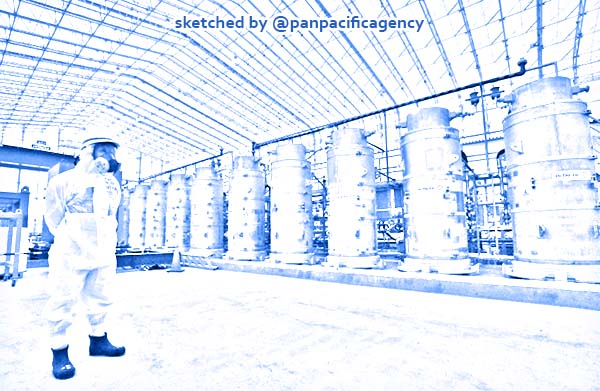What’s the risk posed by radiation hot spots near Olympic sites in Fukushima?

In this Nov. 12, 2014, file photo, a Tokyo Electric Power Co. (TEPCO) official wearing radioactive protective gear stands in front of Advanced Liquid Processing Systems during a press tour at the Fukushima Dai-ichi nuclear power plant in Okuma, Fukushima Prefecture, northeastern Japan. (AP Photo/Shizuo Kambayashi). Sketched by the Pan Pacific Agency.
TOKYO, Mar 10, 2020, AFP, Jiji Press. Warnings of radiation hot spots in parts of Fukushima that will host the Olympic torch relay and several sporting events have made headlines, but what is the risk for athletes and spectators? Since 2011, Japan has carried out extensive decontamination in affected areas and lifted evacuation orders, The Japan Times reported.
It hopes the games will showcase recovery in areas devastated by the earthquake and tsunami that left over 18,500 people dead and missing, and unleashed the worst nuclear accident since Chernobyl.
But activists, including local nongovernmental organizations and Greenpeace, have been vocally critical of government efforts and made a splash with the discovery last year of multiple radioactive hot spots near the start of the Olympic torch relay route.
Greenpeace nuclear campaigner Kazue Suzuki argues the government is “deceiving people” by underplaying what the NGO calls ongoing health risks.